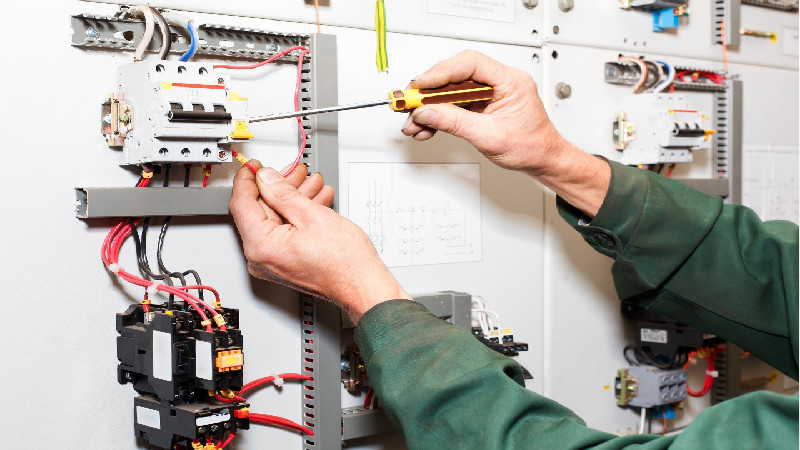Manometers are devices use to measure different kinds of pressure. For example, a barometer measures atmospheric pressure associated with weather, and there are many other kinds, including digital pressure manometer equipment today. Let’s take a look at the basic principle of manometers and discover their importance and uses.
Mercury Manometers
A mercury type manometer works on a simple principle. If you take a glass tube, insert mercury and seal one end of the tube, air pressure entering the tube will balance the mercury against it. The tube is usually in a “U” shape.
Atmospheric pressure enters the tube, forcing the mercury back. By placing markings along the edges of the tube, one can take pressure readings. Pressure is determined by the difference between each side of the U-tube. Positive pressure would force the mercury away from the source while vacuum pressure would have the opposite effect and provide an opposite reading on the manometer.
Pressure is measured in mm Hg (millimeters of mercury) and 1 mm Hg is equal to 1 torr of pressure. You have probably seen mercury manometers in action and may not have even realized it. For instance, a professional blood pressure machine in your doctor’s office is a perfect example. When it places pressure against an artery in the arm, the Mercury responds to the pressure, and as it moves up or down, this determines the readings. This is why you can measure both systolic and diastolic blood pressure with these machines.
Gas Manometers
A manometer can also be used to measure gasses. In fact, a digital pressure manometer is often used to measure how fast a gas is flowing. As air moves, it creates a low-pressure area (which is lower than standard atmospheric pressure. By measures changes in pressure, the speed of the gas can be determined.
Understanding the Principle of Manometers
If you are still unsure how manometers work, you can create a simple one at home. Take any plastic tube and fill it with liquid. To make it easier to see, you might wish to use a dark colored liquid. Bend the tube into the shape of a “U” and make sure none can leak out. Now, hold the tube level and you should have equal amounts of liquid on each side.
When you blow into one end of the tube, you will see the fluid move. Now suck slightly on the tube and you’ll notice the fluid moving in the opposite direction. This should help you understand the basic principle of how an analog and digital pressure manometer works.







